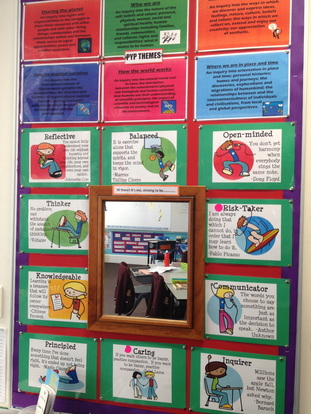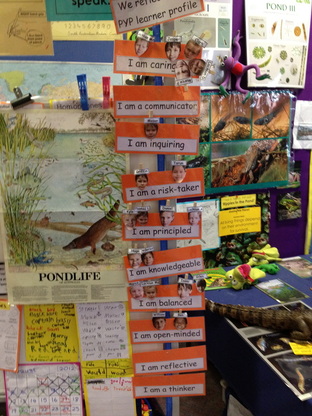Understand the relevant and appropriate sources of professional learning for teachers.
Standard 6.2
Standard 6.2
I have engaged in professional learning at Prince Alfred College:
- Learner Profiles: touring the classrooms
- The PYP
- Circle Time for Emotional Literacy, presented by Bill Hansberry
- Student Led Conferences
- Student Portfolios
- Bullying
- Curriculum Documentation and Curriculum Mapping
- Health and Student Wellbeing
- Learning Difficulties and Disabilities: Support to Autonomy, presented by Anne Bayetto
- Differentiated Learning
- Maths - The Four Proficiencies
I have engaged in grade level meetings at Prince Alfred College:
- Grades 2, 3, 4 and 5 group level meetings
Learner Profiles: touring the classrooms
I will engage in a variety of professional learning sources
- Peer observation
- Mentoring
- Coaching
- In-school programs
- External workshops
- Accredited courses
- Structured professional reading
- Online learning
- Professional conversations
- Teaching associations
- Subscriptions to teaching and learning journals



